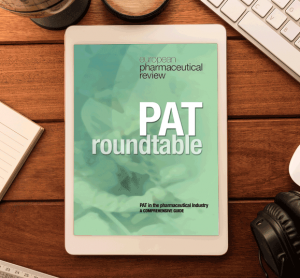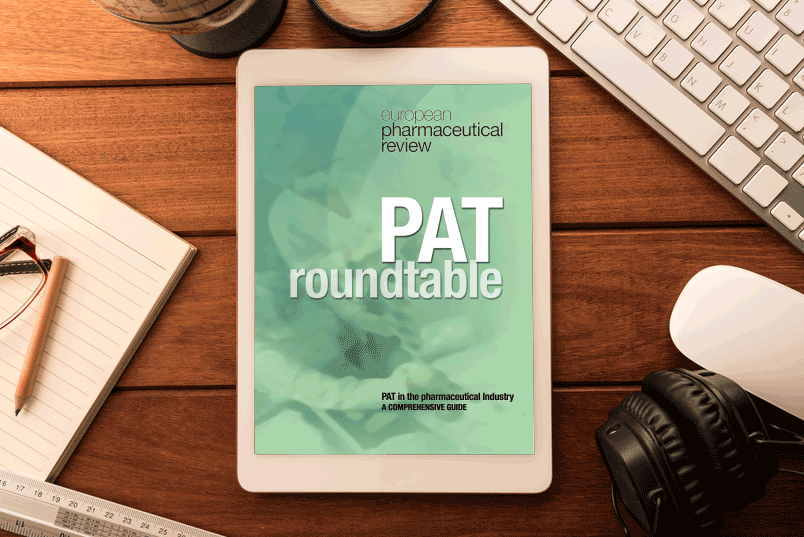miRNA and viral infections in vertebrates
7 February 2009 | By
For plants and invertebrates, RNA interference is firmly established as an important antiviral mechanism. Even before Fire, Mello, and co-workers described RNA interference (RNAi) in worms in 19981 it was becoming clear that plants have an RNA-dependent pathway that protects against viral infections2. The pathway, then termed post-transcriptional gene silencing…










